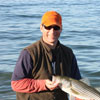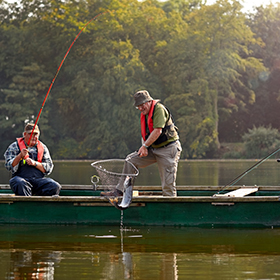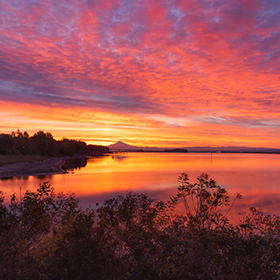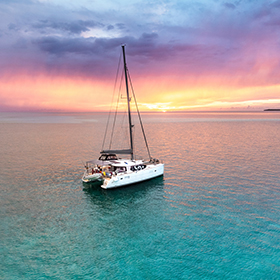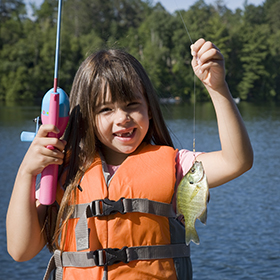Anglers looking at a new, expansive body of water like a pond or lake will wonder where to fish.
Anglers looking at a new, expansive body of water like a pond or lake will wonder where to fish. Here are five ways to demystify the process and put a bend in your rod.
1. Structure
All fish like structure because it provides them with food and protection. Tree deadfall provides shelter, while rocks, boulders and ledges are great ambush points. Don't overlook a dock or a float, they're good spots, too.
2. Weeds and grass beds
Floating weeds like lily pads or submerged weeds like grass beds provide protective cover and they offer the building blocks of insect growth. Midges, dragonflies, and damselflies are commonly found emerging from the soft bottom, as do baitfish, freshwater shrimp and crayfish. Weeds and grass beds provide a buffet line for fish.
3. Inflows and Outflows
Feeder-stream inflows entering a pond or a lake bring oxygen and food to fish waiting in the nearby deeper water. Outflows concentrate the food just before it is swept downstream. Those inflows and outflows fish particularly well after snow melt or a good rain as the increase in water volume and velocity increases food and oxygen. Any associated murkiness provides anglers with an advantage of stealth.
4. Springs
Water from underwater springs provide cool temperatures during the warmer months. The fact that they roil the bottom causes insects and crustaceans to float freely. Predators are never far behind this gravy train.
5. Dropoffs
Points and edges provide transitional zones and depth changes. A point runs from the shoreline and progressively drops off into deeper water. The resulting depth change creates thermoclines. You know these temperature marks when you're swimming for the water is warm at the top and it gets increasingly colder the deeper you dive. Prospect with lures at different depths until you hook up; that tug tells you your lure is at the depth preferred by the fish. Shallows warm too much in the summer so the fish will drop down to a cooler depth, but they'll be lit up in the spring when fish move into the warmer water to feed and spawn.
Keep notes in your fishing journal, store weigh points on a GPS and you'll figure out your pond and lakes in no time flat.
P.S. That information will set you up for ice fishing season...as far away as that seems!
To check for places to fish and boat near you, check our interactive map!

